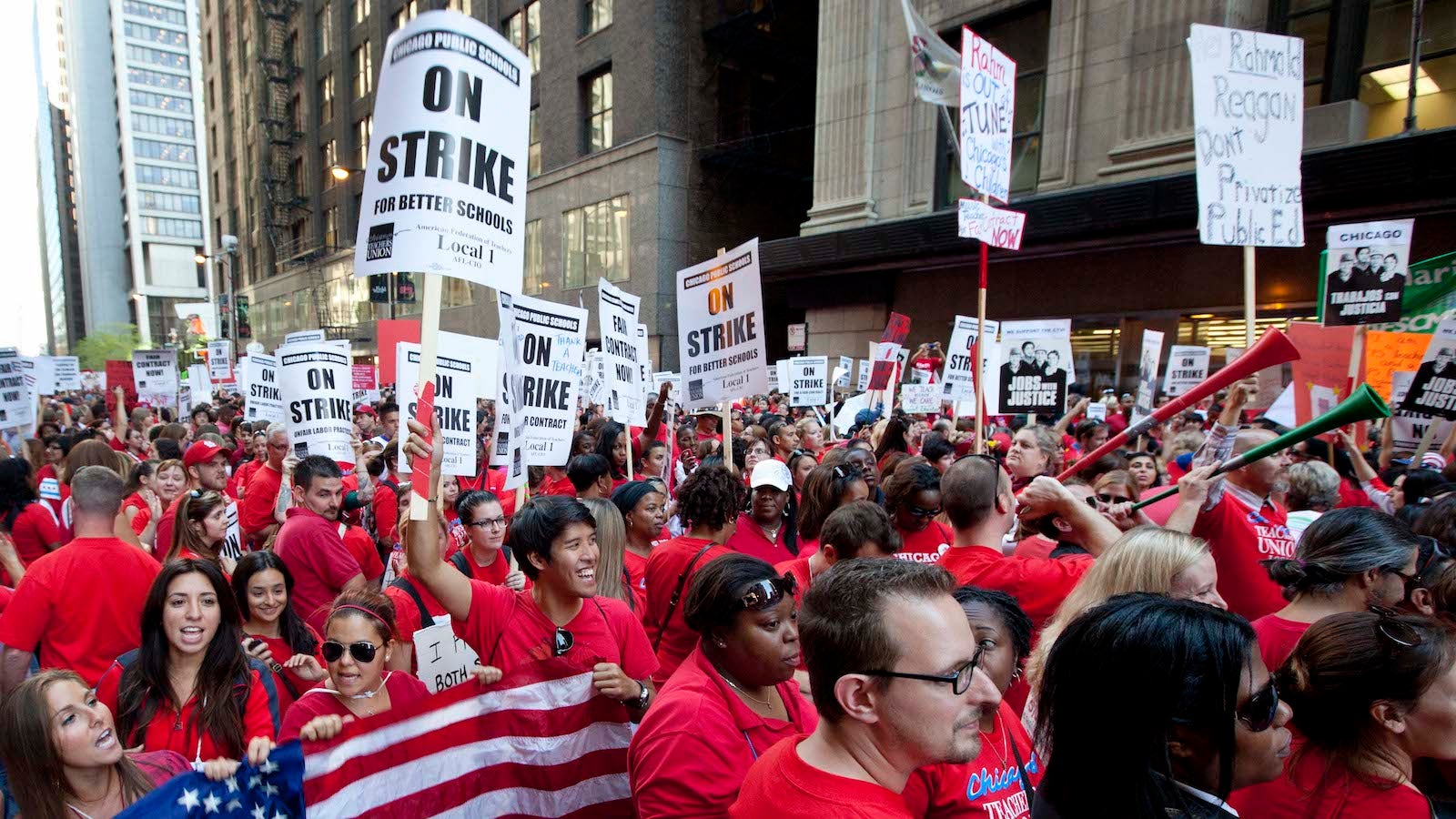One thing millennials haven’t killed: the labor union
Millennials are murderers.


Millennials are murderers.
They’re responsible for killing bar soap, beer, the Canadian tourism industry, fashion, Home Depot, baby names, patriotism, and the American Dream—at least according to the headlines. They cannot, however, be blamed for killing the labor union.
Despite the association of labor unions with depression-era steelworkers, membership is on the rise for people younger than age 35, according to data from the US Bureau of Labor Statistics. There were almost 400,000 more union members younger than age 35 in 2017 than there were in 2016.
The number of union members 35 or older, meanwhile, hasn’t changed much in the last five years. And the union membership rate, which measures the percentage of union members relative to the total workforce, has been tanking for the past 50 years.
According to Steven Pitts, a labor professor at the University of California, three forces might explain this change in union member demographics.
First, some US industries with older union members—like manufacturing and coal mining—are contracting. “If a steel factory shuts down,” Pitts said, “it’s not just jobs that are lost. You lose a lot of union members, too.”
Second, young people don’t remember the 1970s and 1980s, when unions were demonized by big business and politicians. The stigma that unions kill jobs, created by prominent “union-busters” like Ronald Reagan has largely worn off. Pitts sees a parallel between the rise of unions and the resurgence of socialism. “What was once a contentious issue is again becoming mainstream,” he said.
Lastly, workers outside of traditionally unionized sectors are forming unions. The push for unionization in newer industries like digital media and coffee shops has given younger folks more access to resources for organizing. But Pitts also believes young people’s desire to unionize has gone up as the purchasing power of their income has gone down.
Real wages have barely budged in recent years, while the cost of health care and housing has increased. Unions give young people collective bargaining power in the face of financial uncertainty.
Ultimately, though, Pitts believes the rise in union membership in one sector or another is not actually about unions—it’s about jobs. “When more people have jobs, there are more people to join unions,” he said.
2018 has had some of the lowest unemployment rates in half a century.